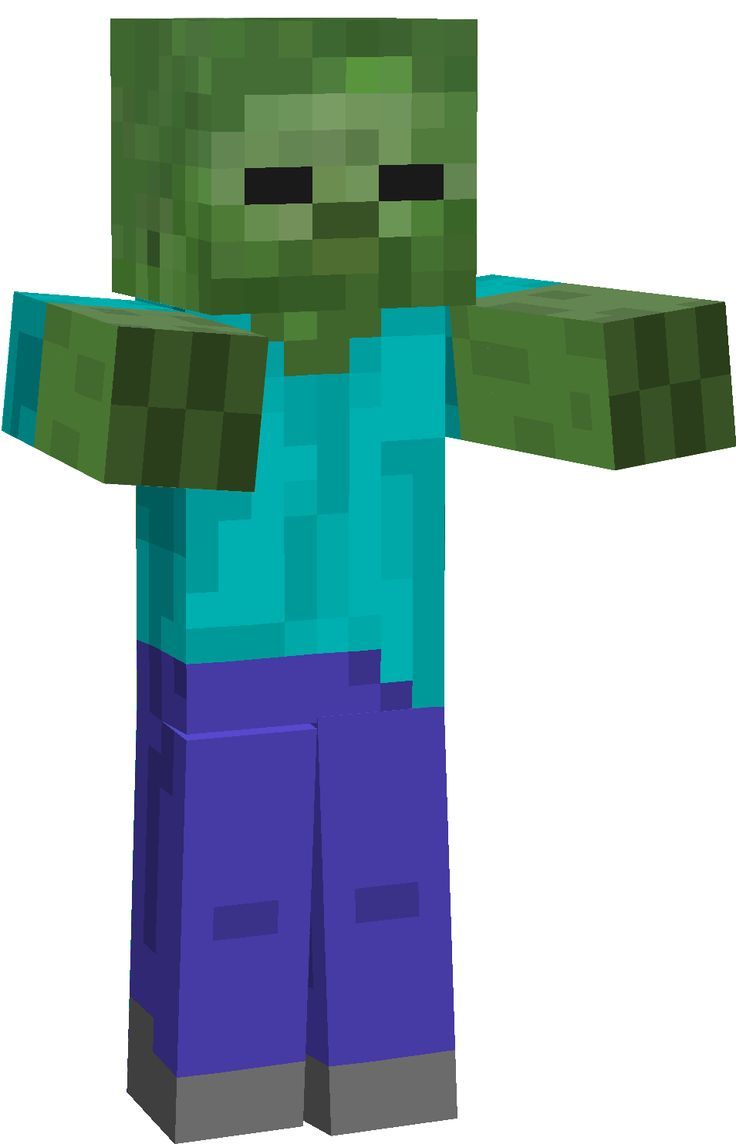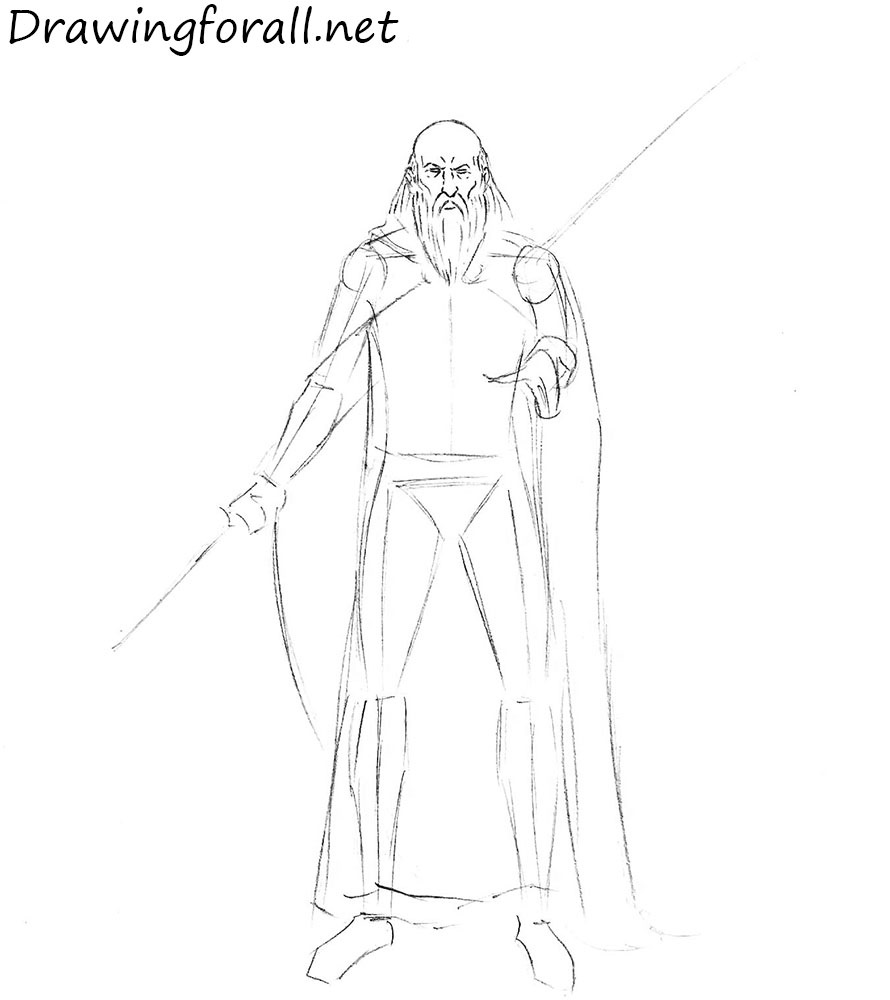Pin by sanayah grace on inspiration drawing references
Table of Contents
Table of Contents
If you’re an artist, you know how important it is to be able to draw realistic clothing wrinkles. Creating the perfect fold in a shirt or a pair of jeans can be the difference between a flat drawing and one that truly pops. So if you’re struggling with how to draw wrinkles in clothes, don’t worry - we’ve got you covered.
As an artist, you know that one of the most challenging aspects of drawing is capturing the texture and movement of fabric. Whether you’re drawing clothing for a figure or creating a still life, the folds and wrinkles in fabric can make or break your work. Even if you feel confident drawing other elements, it’s easy to get tripped up when it comes to clothing wrinkles.
The first step to drawing realistic wrinkles in clothes is to study the way fabric behaves. Spend some time observing how clothes drape and fold on people, or set up a still life with different fabrics and practice drawing the folds you see. You’ll start to notice that different fabrics behave differently - for example, denim will create sharp, defined creases, while a flowy silk blouse will create more soft, subtle folds.
When you’re ready to start drawing, consider your light source. Shadows and highlights play a big role in creating realistic folds and wrinkles. Think about where the light is coming from and use that information to add shadows and highlights to your work.
My Personal Struggle with Drawing Wrinkles in Clothes
When I first started drawing, I really struggled with how to capture the movement of fabric in my work. No matter how much I practiced, my clothing always looked flat and lifeless. But with time and dedication, I was able to improve my skills.
One technique that really helped me was to use reference images. I would find photos of clothing that I liked and study the way the fabric was folding and draping. I’d practice drawing those same folds until I could create them from memory.
The Importance of Shadows and Highlights
As I mentioned earlier, shadows and highlights are a crucial part of drawing wrinkles in clothes. You want to create the illusion of depth and movement, and shadows and highlights are an important tool for achieving that.
As you practice drawing folds and wrinkles, pay close attention to where the light is hitting the fabric. Use a light hand to add subtle lines and shading to create the effect of shadows and highlights. Remember that less is often more - a few well-placed lines can create a more realistic effect than a bunch of heavy-handed shading.
Using Folds and Shadows to Create Movement
One thing to keep in mind when you’re drawing wrinkles in clothes is that the folds and shadows can also help create the illusion of movement. Think about the way fabric behaves when someone is walking or sitting down - the fabric will compress and bunch up in some areas, and stretch out in others.
Try drawing some practice sketches of a person in different positions, paying special attention to the way the fabric moves and folds. With some practice, you’ll be able to create the illusion of movement in your drawings, adding an extra layer of realism.
Experimenting with Different Fabrics
Finally, don’t be afraid to experiment with different fabrics as you practice drawing wrinkles in clothes. Each fabric will have its own unique texture and behavior, and exploring those differences can help you become a more versatile artist.
Try setting up a still life with different types of fabrics and practice drawing the folds and wrinkles you see. Or, find images of fabric textures online and practice replicating them in your sketches. The more comfortable you become with drawing different fabrics, the more confident you’ll feel in your artistic abilities.
Question and Answer:
Q: How can I make my clothing wrinkles look more natural?
A: Study the way fabric behaves in real life by observing people or setting up a still life. Use shadows and highlights to create the illusion of depth and pay attention to the way the fabric moves.
Q: Do I need to use a lot of shading to create wrinkles?
A: No! Sometimes less is more when it comes to shading. A few well-placed lines can create a more realistic effect than a bunch of heavy-handed shading.
Q: What if I’m still struggling to draw wrinkles in clothes?
A: Keep practicing! Drawing is a skill that takes time and dedication to master. Don’t be afraid to seek out additional resources, like online tutorials or books, to help you improve your skills.
Q: Can I use the same techniques for drawing wrinkles on any type of fabric?
A: Different fabrics behave differently, so you may need to adjust your techniques depending on what you’re drawing. Spend some time studying different fabrics and experimenting with different techniques to see what works best for you.
Conclusion of how to draw wrinkles in clothes
Drawing realistic wrinkles in clothes can be a challenge, but with practice and dedication, you can master this important artistic skill. Spend time observing how fabric behaves, pay attention to shadows and highlights, and don’t be afraid to experiment with different fabrics. By using the techniques we’ve outlined here, you’ll be well on your way to creating beautiful, lifelike drawings of clothing wrinkles.
Gallery
Folds In Clothing | Drawing Clothes, Drawing Wrinkles, Fashion

Photo Credit by: bing.com / wrinkles creases доску выбрать
Art Tutorials And References On Instagram: “Clothing Wrinkles Tipsss

Photo Credit by: bing.com / wrinkles pants tutorials wrinkled miyuli cuerpos
Drawing Clothing Folds & Drapery Wrinkles With Folding And Shadows

Photo Credit by: bing.com / drawing clothing folds wrinkles drapery draw fabric clothes reference shadows tutorials folding drawings fashion drawinghowtodraw techniques sketches tutorial figure sketching
Pin By Sanayah Grace On Inspiration/Drawing References | Drawing

Photo Credit by: bing.com / drawing
How To Draw Clothes Wrinkles - Lvandcola

Photo Credit by: bing.com / wrinkles folds finch






